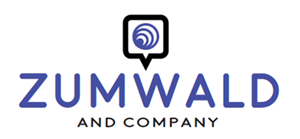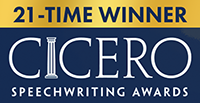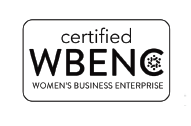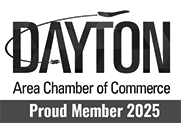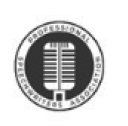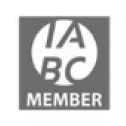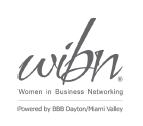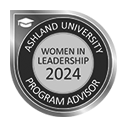The art of public speaking: First, decide what your message needs to be
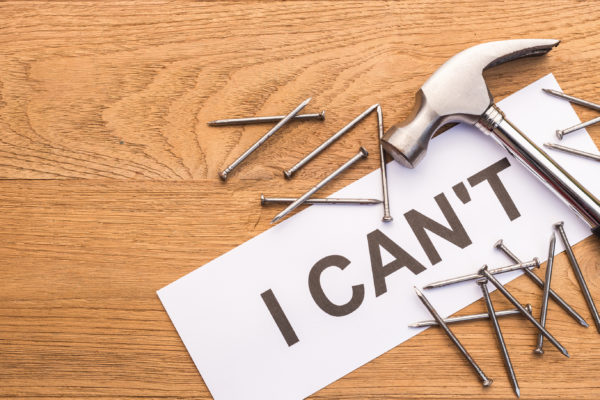 Are you working on a speech right now – but struggling to nail down your message?
Are you working on a speech right now – but struggling to nail down your message?
If you want to be a better speaker, and begin to master the art of public speaking, do a little exploration first so you can decide with confidence what your message needs to be.
This month I got the chance to work with a new speaker who was just handed a great opportunity.
For the first time, she’d been asked to speak onstage to her colleagues and co-workers from across the U.S. and around the world.
Jayne’s a high performer who’s on her way up in the organization.
She told me she was comfortable with her skills in leadership communication.
She knew a little bit about the art of public speaking.
And she was eagerly anticipating her chance to finally get onstage.
 Jayne came to me with three pieces of background information:
Jayne came to me with three pieces of background information:
- A good understanding of her audience
- A broad topic
- The theme for the event
But here’s the problem:
Jayne did not know what her message needed to be.
She confessed she had no idea what she wanted to say to inspire and motivate her audience about a particular aspect of this broad topic.
Jayne told me she was feeling a bit overwhelmed – a bit stuck! – since the possibilities were endless.
How could she decide?
Jayne was looking for guidance.
What could she say to her audience that would feel right for her – AND make an impact?
What we did next
We started with a blank sheet of paper, two open minds and a conversation, and began exploring some options together.
This process of illumination is always an exciting period of discovery!
 Speakers just beginning to master the art of public speaking often do not realize just how much they have inside them until someone on the outside takes the time to pull it out.
Speakers just beginning to master the art of public speaking often do not realize just how much they have inside them until someone on the outside takes the time to pull it out.
Here are a few of the questions I asked Jayne so we could get some good ideas on the table:
- What do you do at your company?
- Can you tell me about your career path?
- How did you find your way to this organization?
- Can you tell me about your background and your family?
- Talk about the event. What is the need for this event?
- Talk about the theme for this event. What does this theme mean to you?
- What is your purpose or objective in speaking at this event?
- How does your purpose or objective connect to the business strategy?
- What is the biggest problem your audience is facing – right now – that you have a solution for?
- How is this problem and your solution related to the business?
- Do you have an example or a story that illustrates this situation?
- What will it take for your solution to become a reality?
- What’s the first step?
- After you speak: How would you like your audience’s thinking to change?
- After you speak: How would you like your audience’s behavior to change?
What happened next
 During our conversation, I learned a lot about Jayne: what she believes, what she values and what she stands up for.
During our conversation, I learned a lot about Jayne: what she believes, what she values and what she stands up for.
- She told me personal stories and professional stories.
- She shared a few experiences – even sticky situations – that changed the course of her life.
- She talked about people she had mentored – and people who had mentored her – and what she has learned.
- She told me what she was proud of and passionate about.
- She shared a big takeaway from a book she read and how that guides her life every day.
- Plus, she gave me inside information about what was happening in her organization that needed to change.
I challenged Jayne many times by asking “how?” and “why?” and kept encouraging her to provide evidence, an example or another story.
The more she shared, the more her last good idea sparked yet another good idea!
When her best ideas started repeating themselves, I knew we were on to something.
Jayne didn’t know it, but I knew she had shared with me at least a half-dozen great ideas for a message that could be connected to an aspect of her broad topic and to the theme of the event.
Plus, these ideas would resonate with her audience.
I went away from that conversation with pages of notes and plenty of options to consider before I presented to Jayne a solid idea for the message of her speech – and a one-page outline mapping the structure of her speech from beginning to end.
Her response to my pitch?
“Yes! That’s great!”
What you can do next
If you want to be a better speaker, and begin to master the art of public speaking, first you have to decide what your message needs to be.
Watch this Be a Better Speaker FAQ video on the art of public speaking – and learn what to do to nail down your message.
Do you have a speech coming up and want to work with a speechwriter to get the best possible results?
Don’t wait any longer.
Request a 15-minute discovery call now with Teresa Zumwald, an award-winning speechwriter and speech coach, and get your questions answered.
